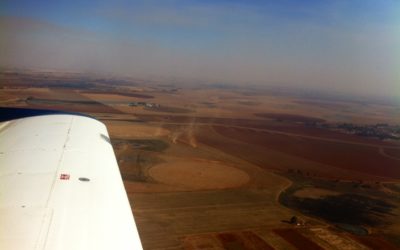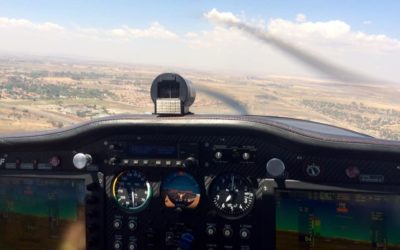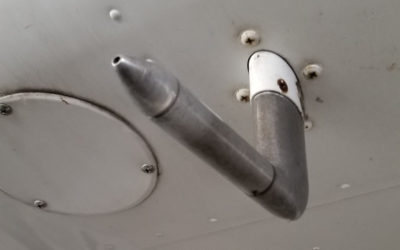Things to do for pilots in lock down.
These times are hard for everyone in the aviation industry, but here are some ideas to get you through…
How heat from your tyres could cause hydroplaning
When water is visible on the runway, precautions can be taken, but did you know that even the slightest amount of barely-there moisture on a runway surface can be far more dangerous than it looks?
Hour building? Why not try a Nav Rally competition?
Doing a navigation rally really is a cost effective, and productive way of building valuable hours and improving your skills, especially if you got your licence many years ago. The camaraderie is simply brilliant
Radar identified, contact, and under control – What is the difference?
Setting your transponder code allows ATC to follow your progress in their airspace using this technology, but do you know the difference of when you are just being ‘followed’, and when ATC is actually ensuring your separation and making sure you don’t collide with terrain, or other aircraft?
What to do if you find yourself a little ‘lost’
It is almost certain to have happened to every VFR pilot, whether on that first solo navigation exercise, or many hours down the line… That ‘Oh F@#$’ moment when you realise that you have somehow lost situational awareness and you don’t quite know where you are.
Can you fly without an Altimeter?
As with all human inventions, the altimeter is fallible, and should it fail in flight, having a back up plan of how to fly without it, is a skill worth having.
Need to fly on the compass? Here’s how to do it
It may be one of the most basic instruments in your aircraft, yet, it is a legal requirement, and has an essential place in the cockpit, especially when all else fails.
Why do some aeroplanes take off with flap and others not?
Have you ever noticed how in your initial training, in the trusty single engine, you were taught to take one notch (10°) flap, yet when you moved onto a light twin engine, suddenly the instruction was zero flap? It can be puzzling why some aeroplanes take off with some flap and others with none at all, but the answer is an interesting one.
How to know if you have a pitot-static blockage?
The pitot-static system is simple, yet very important as it affects 3 critical instruments. Understanding what happens when part of it gets blocked, will help you to fly in a safe manner.
What causes a ‘bounced’ landing?
A good instructor will teach you how to avoid the dreaded bounce, which is almost an inevitable part of learning to land an aeroplane, but more importantly, what to do when it happens.










